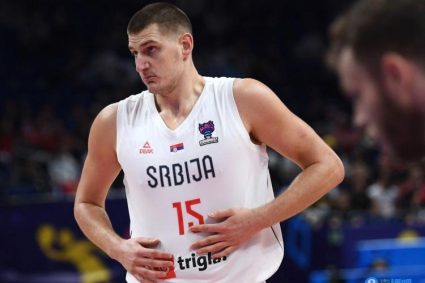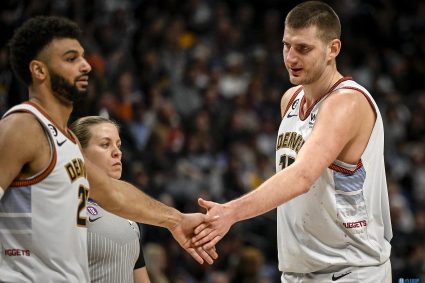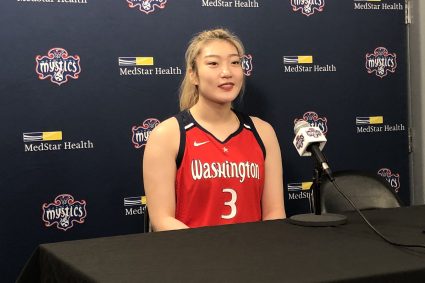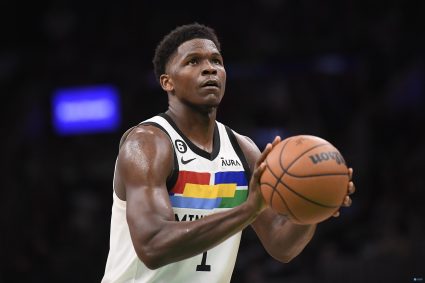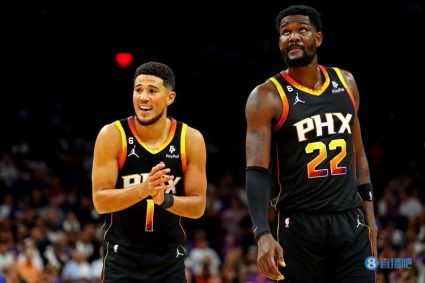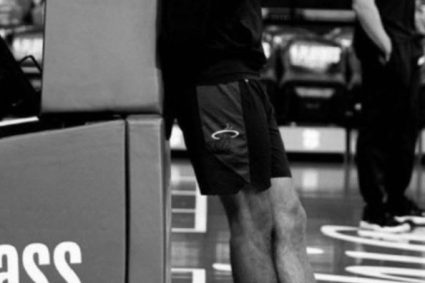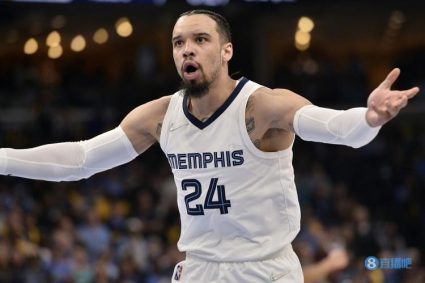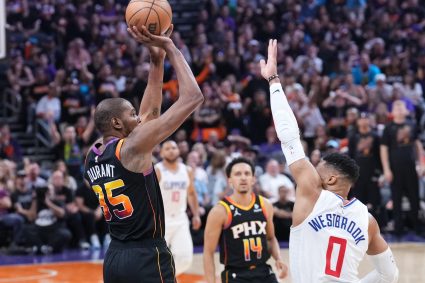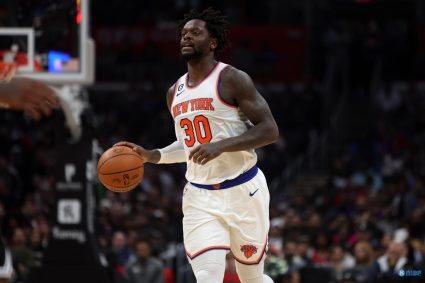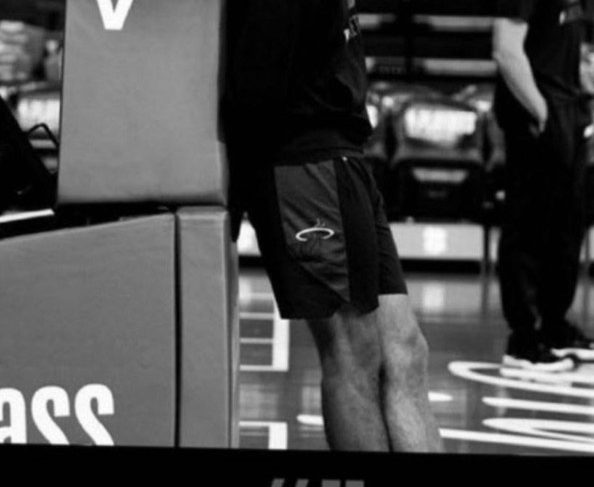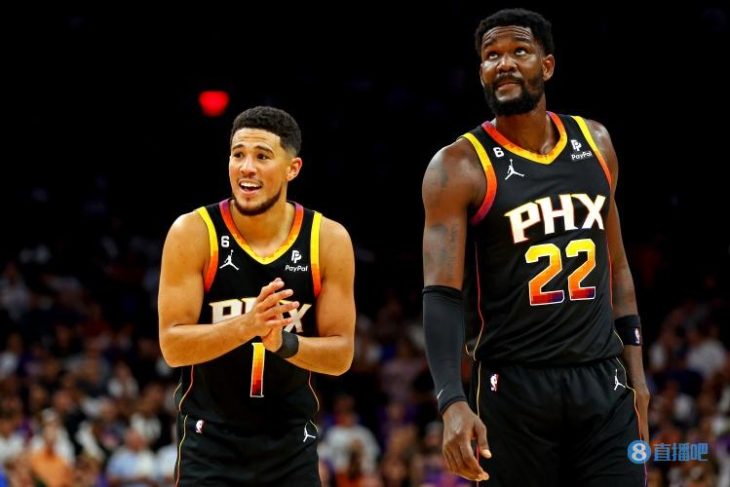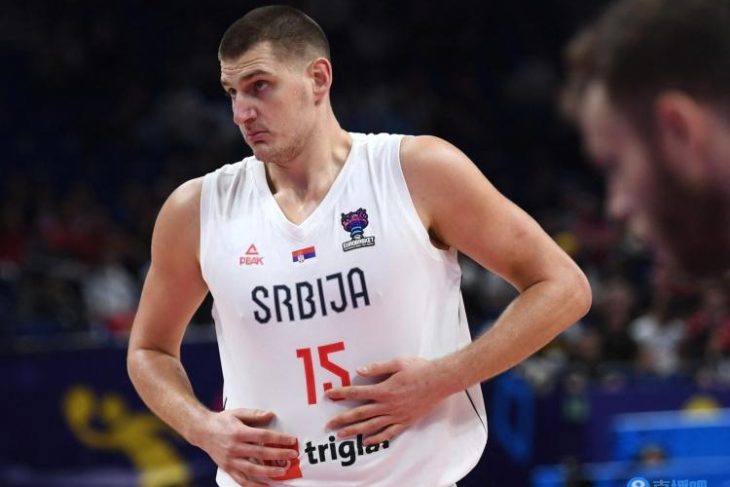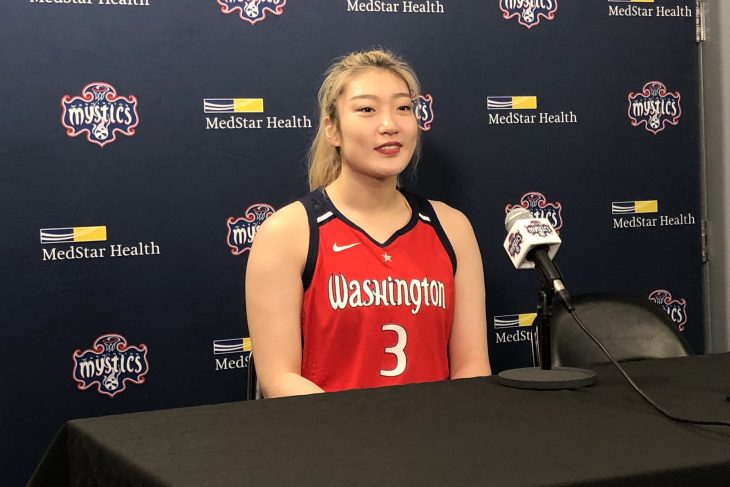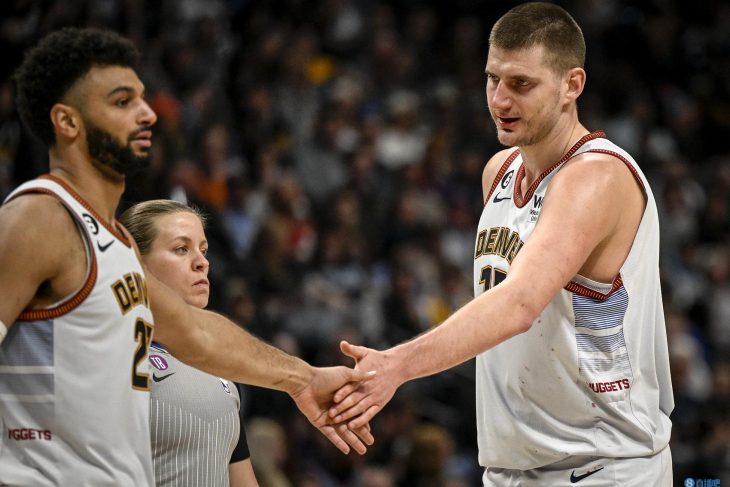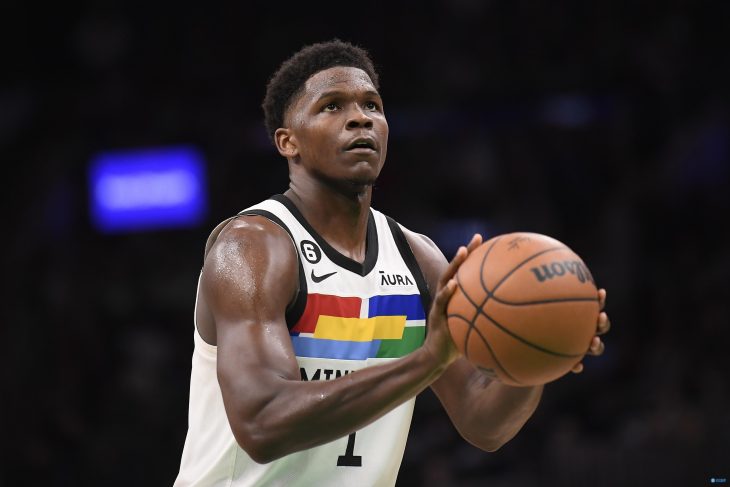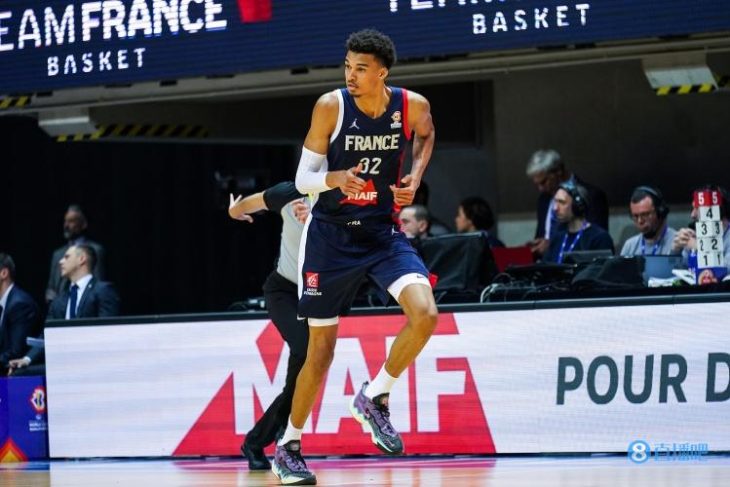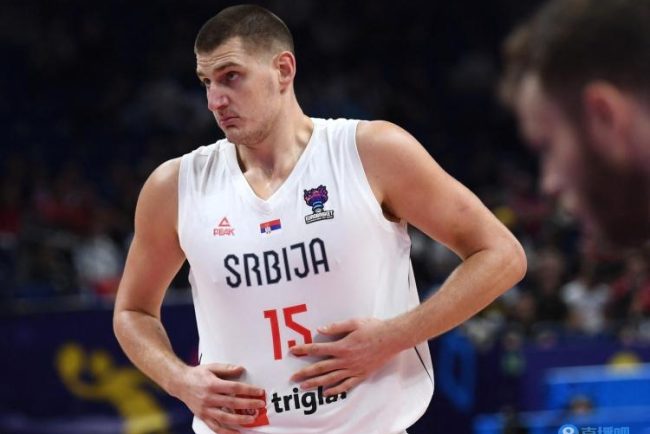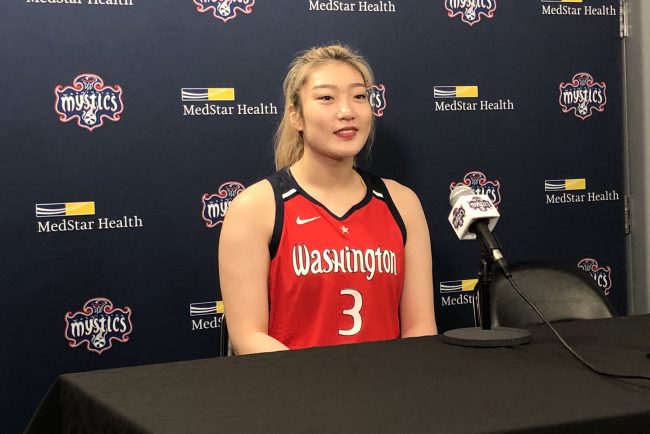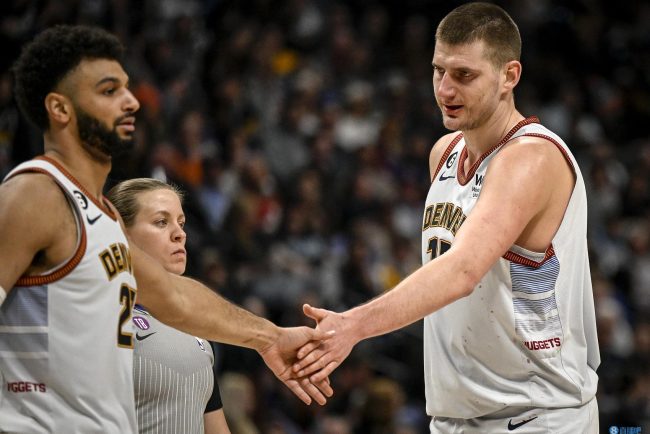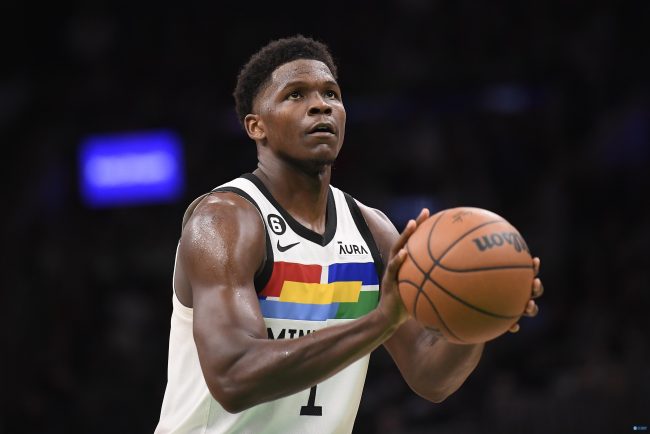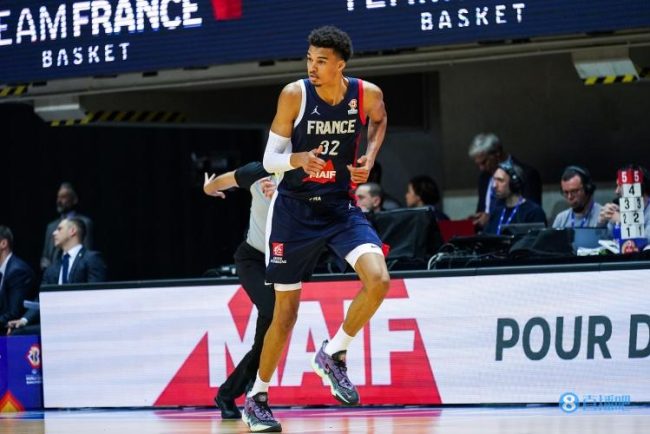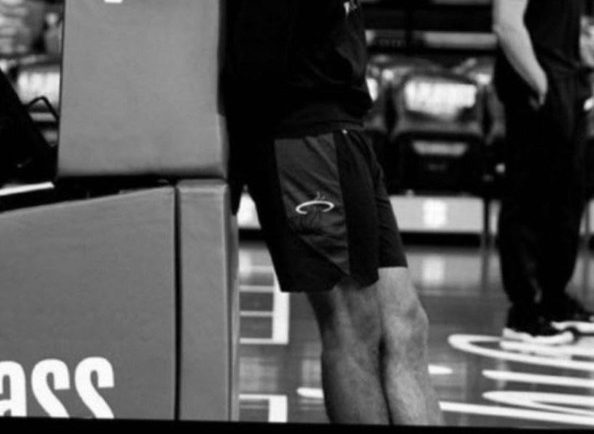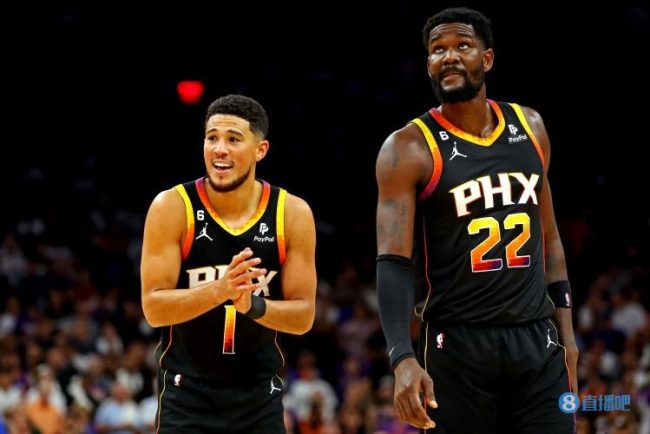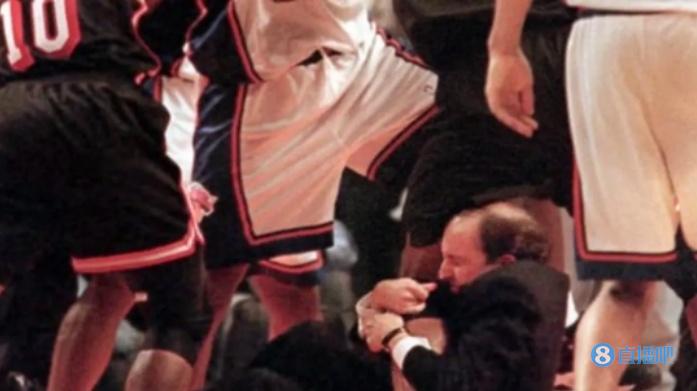

Tomorrow morning, the Knicks of Black Five will start a new round of competition with the heat of black eight. Before the game officially starts, it is necessary for us to recall that the two teams were sworn enemies more than 20 years ago, join hands to dedicate 4 consecutive years of exciting drama to us.
Riley’s defection: they gave too much
Everything should start from Pat Riley. This champion coach came to the Knicks to teach during the 1991-1992 season. He once created a brilliant “Show Time” in Los Angeles, when I came to the same prosperous New York, I went to another extreme. I led the Knicks to play the meat grinder-style Iron-Blooded basketball and led the team to the finals in the 1993-1994 season in this way, in the end, I was sorry to lose to Houston Rockets in the 7th Middle School and became the runner-up.
The coach of Iron Blood was defeated. If he followed the regular script, Riley would surely continue to lead the Knicks to make a comeback until he won the championship, right? However, in fact, he chose to resign as the coach of the Knicks in 1995 and switch to the Miami Heat account.
“They have given too much”, the title given by the heat to Riley is the president of basketball operations, and all basketball affairs are decided by Riley, which is equivalent to the coach and general manager picking one shoulder. The knicks, who could not give riley all this, did not forget to blackmail riley’s surplus value in spite of their anger. They used riley’s one-year contract to make a fuss. First, they accused the heat of illegally contacting riley, then after some bargaining, I got the first round of heat in 1996 and 1 million cash as compensation.
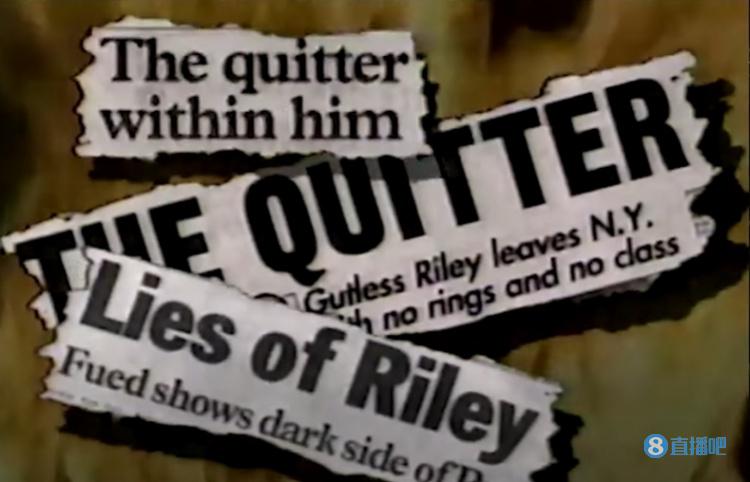
From then on, Riley would hear the endless boos of Knicks fans when he led the team to New York, but he demonstrated to New York fans with agitation and kisses.

Riley hired Stan Van Gadi as a teaching assistant after the Heat took office and began to build a heat with the Knicks as the blueprint-need a heat Ewing? So the deal came to moining, George city Junior of Ewing. Need an outside scorer like Starks? So the deal came Tim Hardaway. Need a Charles-Oakley tough guy? So I signed PJ-Brown. On the other hand, the situation of Knicks was not good. The team fired old Nelson and appointed Jeff van Gadi, the younger brother of Stan Van Gadi, as the head coach of the team on March 8, 1996.
At this point, Riley’s defection and Van Gadi’s independence paved the way for the next two teams to play the game of life and death in the playoffs for four consecutive seasons.
1997: gang fights completely changed the series
In the second round of the Eastern semi-final in 1997, the Knicks gave the traitor Riley a downswing in the first away game. After losing the second game with a 4-point disadvantage, they returned to Madison Square Garden with a 1:1 score. Ewing covered Tim Hardaway’s 3 points at the last moment of the third game and regained the lead for the Knicks. In the fourth game, the Knicks easily won by 13 points and successfully won the match points in the series.

The next fifth game completely changed the direction of this series. The heat at the edge of the cliff not only won by 15 points, but also made Knicks suffer heavy losses in the next game.
At the last moment of the game, due to the loss of suspense, Knicks coach Jeff Van Gandy withdrew the team’s core Ewing, Alan Houston, John Starks and Larry Johnson, it happened that at this time, the Heat forward PJ-Brown and the Knicks point guard Charlie Ward had a physical conflict when fighting for the rebound. The players of both sides quickly rushed to the scene to fight together. Due to the unauthorized rush into the field, the above four Knicks generals were banned together with Charlie Ward, and PJ-Brown completed the limit for five.

What is more unlucky is that because there are too many people participating in group fights, if all the players involved in the knicks are banned in the same match, then the knicks will not be able to reach the minimum number of people to sign up for the competition. Therefore, the front of the team is Ewing, and the coach Wang Alan Houston and the substitute guard Charlie Ward were banned in the sixth game. In 1991, Larry Johnson and Starks, the sixth best player in the league in the season, were banned in Game 7. The Knicks lost two rounds in a row, and Riley, who defected to the heat, was lucky to defeat his predecessor.
1998: Black Seven
The injury started to find Ewing in the 1997-1998 season, which made him miss 56 regular season matches. The Knicks finally ranked seventh in the east. On the other side, under the leadership of Riley, the Heat achieved a record of 55 wins, ranking second in the east. Therefore, the two sides met again in the Eastern first round of playoffs.
Although Riley has gone far away from Miami, the Iron-Blooded style he created for the Knicks is still there. The tough and experienced Knicks stole the next away game again, taking 1 again: the big score of 1 returned to Madison Square Garden. But this time, the more mature heat than the previous year fought the third game away and regained the home advantage.
The fourth game was still a typical Knicks bloody battle against the hot meat grinder. Larry Johnson, once a wasp dual-core, fought with morning on the court, created the famous scene of Jeff van Gadi kneeling on the ground and clinging to the core thigh of the heat to protect his players. The Knicks won by 5 points and went to Miami to fight for life and death with a 2:2 score.



The ticket for the alliance came down again, and Larry Johnson and Mo Ning were banned each. This time, it was obviously the Knicks who took advantage of it. The heat that lost the core of the team was 16 points behind in the half of the life and death battle, but Tim Hardaway, the outside core, blew LaCorne of the counterattack in the second half, lead the team to chase the score to 70:72. At the time of the crisis, Charlie Ward and Alan Houston, who participated in the group fight last year and led to the loss of the Knicks, stepped forward to help Knicks stabilize the battle and complete the black seven miracle.
1999: Black Eight
For two consecutive seasons and the Heat played a full martial arts in the playoffs. The Knicks directly played a big trick this time, using their own outside core Starks to exchange for their coach sparewell who just fastening ring, the replacement of the core made the Knicks stumble in the regular season, relying on six victories in the last eight games to barely catch the last bus of the playoffs. On the other side, due to Jordan’s retirement, the Heat finally took the first place in the eastern regular season. Therefore, the eighth Knicks in the east and the first heat in the East met again.
Although the black eight miracle only appeared once in NBA before this, it was the Knicks against the Heat. The ranking in the regular season really had no reference significance at all, after all, the Knicks defeated the second heat in the east in the previous season, ranking seventh and Ewing missed the entire series. Sure enough, the first game of the Knicks series overturned the eastern boss heat with a 20-point advantage on the road. The two sides played a little unexpected in this round of playoffs-the difference in the first four games was more than 10 points. It seems that such waves and calm are all meaningful in the sky, aiming at opposing the suffocation of life and death wars.
In the life-or-death battle, the difference between the two sides was less than 5 points in 3/4 of the time. In the last 4.5 seconds, the Knicks fell 1 point behind but had the right to hold the ball. Facing the front-court sideline ball, which was not a worldwide problem at that time, alan Houston bypassed the cover receive the ball and transported it to freethrow line to throw the ball into the net after hitting the front basket.

Knicks became the second team in history to finish black eight. After defeating the old enemy, their morale was greatly boosted, and eagles and Pacers were eliminated one after another. They won the Eastern Championship as the eighth in the Eastern District and entered the finals.
2000: the fourth consecutive year of life and death
In the 1999-2000 season, the heat came second in the east and the knicks came third in the east. The two teams met again in the second round. This was the fourth consecutive time they met in the playoffs. The heat held the home court advantage in the four encounters, the Knicks won the first game of the series for the third time in four years, and the two sides played 1:1 for the fourth time in four years after the first two wars. In the third world war, Ewing’s jump shot pushed the Heat into the increase, and then he fined one in two at the last moment of the increase, allowing the Knicks to lead the Heat by 76:75. Sometimes I have to say that fate is fair. Facing the same situation as Knicks in the last year’s life-and-death battle, in the last attack, hot rookie Anthony Carter broke through along the bottom line, after Rim, a difficult throw was made, just like Alan Houston’s throw a year ago, the ball jumped on the rim and then jumped into ball net. But this time, the heat killed Knicks.

In the Fourth World War, Knicks who knew they could never lose two Home Courts won by 8 points. The two sides played 2:2 for the third time in four years after the first four years. In the battle of tianwangshan, the heat came to the top, winning 6 points and winning the match point.
In the Sixth Battle, the heat that came to Madison Square Garden only gave the home team 30 points in the first half, leading by 15 points, which seemed to be a winner, but this was the Knicks against the Heat, how can we win or lose before the battle of life and death? The home team launched a Jedi counterattack in the second half. Alan Houston gave the Knicks a two-point advantage in the two penalties 22 seconds before the final match. The hot rookie Anthony Carter shot again at the last moment, but this time his three points did not hit. After a reluctant defeat, the Heat had to fight the Knicks for the fourth time in four years.
The heat once gained an 11-point advantage in the battle of life and death, but Knicks tenaciously played 29:14 in the second quarter, leading 6 points into the lounge. After the three-day war, the two sides were drawn at 65:65. Tim Hardaway’s 3 points gave the Heat a 1-point lead at the last moment, but then Morin took the risk of stealing senior Ewing and Knicks regained the lead.

The Heat still has the last chance to attack. Facing the fourth battle between the two sides in four years, facing the second battle between life and death in two years, the two sides need to decide who will advance through one goal, the tough guy Mashburn couldn’t hold it any longer. He chose to pass it to his teammates when he had a vacancy. Later, Witherspoon, who became Yao Ming’s teammate, reluctantly hit the iron.

After a backboard scuffle, the Knicks sparewell caught the basketball, but at the same time his body was about to leave the world. At this time, the referee took it for granted to help him call a pause-afterwards sparewell admitted, he had not had time to make a pause gesture at that time. In this way, the heat was unwilling to lose to the Knicks in the home life-and-death battle for the third consecutive year. It was also the second consecutive year that he lost with a disadvantage of 1 point.

Since then, Ewing grew old and Morin was unfortunately found to have kidney disease. The Knicks and the Heat both declined to varying degrees. Naturally, they were unable to send us such a thrilling series again in the playoffs. Since Riley defected from the Knicks to the heat in September 1995, the heat and the Knicks have fought in the playoffs for four consecutive seasons, and each round of series has played a life-and-death battle, among them, the last two battles of life and death were decided by 1 point. The gang fight in 1997 made the Heat limit change to five, and fortunately completed the reversal under the condition of falling behind 1:3, but it also seemed to have spent all their luck, in 1998, Larry Johnson changed the limit with Monin. The Knicks completed their revenge in the same way. In 1999, the last shot of Alan Houston’s life and death battle luckily jumped into rim, mo ning’s failure at the last moment in 2000 and the referee took it for granted, making it difficult for the heat to turn over the mountain in front of knicks three times in three years when he had a home court advantage in life and death battles.
However, the Knicks of that era also had mountains that they could never climb, that was Jordan and his Chicago Bull. Now, the legend of Black Eight was completed by the heat of black eight in Nix, and the founder of the legend was Jimmy Butler, who was known as “the son of Jordan, what kind of competition will the meeting between heat and Knicks bring us again? Let’s wait and see.
(02HAYA)
